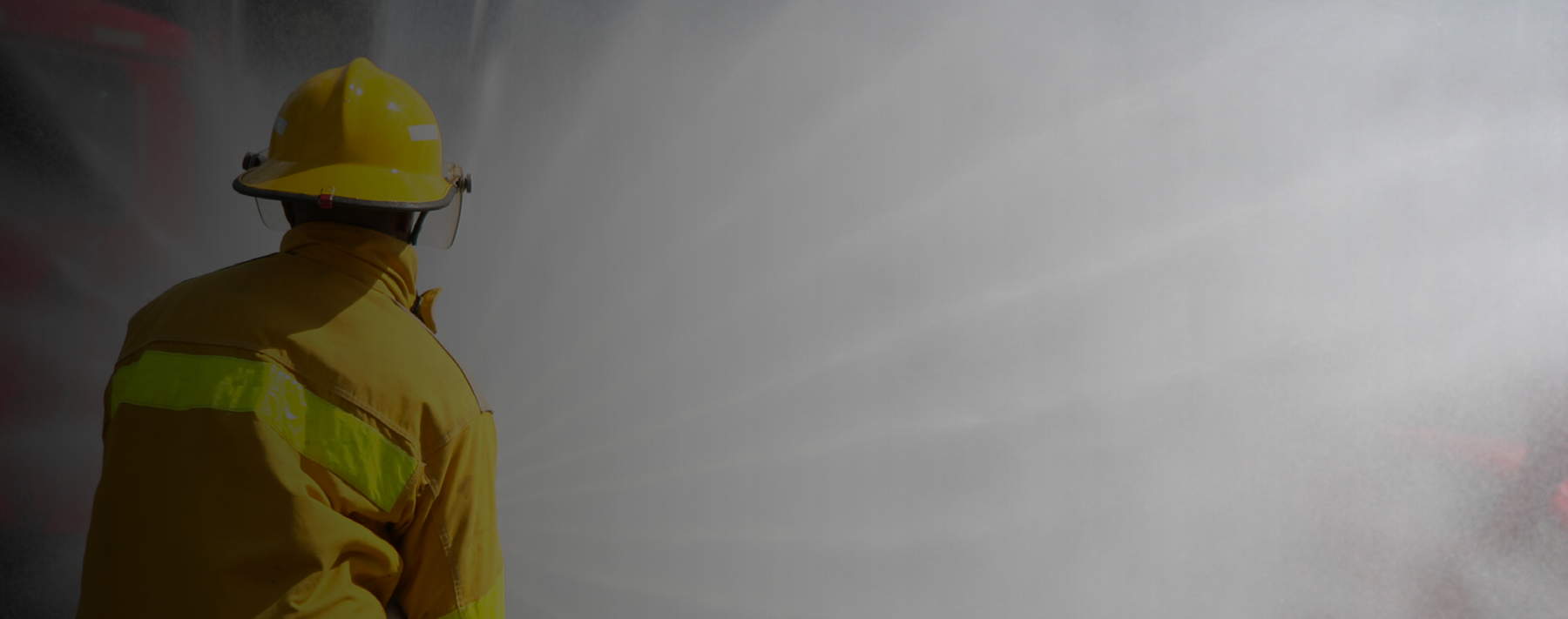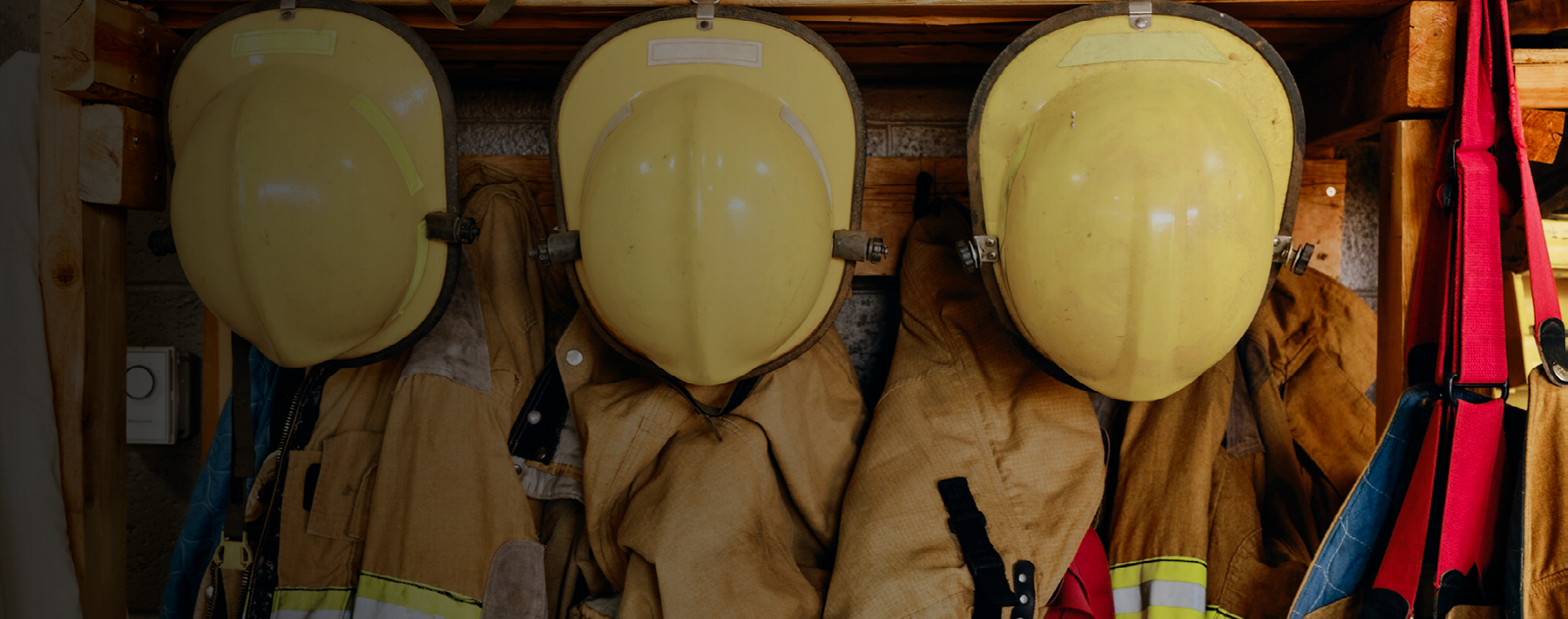The more we talk about it, the more we realize we need to address it: Wellness. And as we talk more about wellness in fire and EMS, the more we realize how ill-equipped our agencies are to effectively address it. What does every wellness program need to be successful? And, perhaps even more challenging, what does success even look like for a wellness program in a fire department?
The starting point: Determine what aspects of wellness you most need to address and start there. Mental health, physical fitness, cancer prevention and more all play a role in firefighter and paramedic wellness. Depending on your available resources, there are many things you can do, but what should you focus on if you’re just getting started or if you’re trying to build up your wellness program? In a recent webinar, “6 Critical Elements for Your Fire-EMS Wellness Program,” a panel of leaders from fire-EMS organizations across the country discuss building a wellness culture and how agencies should go about providing resources for their personnel.
Want to know more about Cordico, Lexipol’s wellness solution? CLICK HERE!
Mental Health Support
Historically, mental health has been an area of first responder wellness that has been neglected. While many agencies have employee assistance programs (EAPs), they are often under-utilized, if they’re used at all. Because clinicians accessed through EAPs are rarely trained to work specifically with fire-EMS professionals, the experiences personnel have seeking help from therapists can do more harm than good, seeding distrust of the EAP providers among personnel. But we shouldn’t throw the baby out with the bath water. “EAP is a very positive program, and it offers so much more than just therapy,” EMS Director Jeff Fishel of Delaware County (OH) EMS says. “It should absolutely be utilized for everything else that it offers.” Know what resources your EAP has and what fits the needs of your personnel, then find ways to fill the gaps.
Finding appropriate, culturally competent mental health support is key to a successful wellness program. Find first responder-friendly, vetted clinicians who are familiar with fire-EMS and will not be surprised by the experiences your members bring into their sessions. After finding these culturally competent clinicians, keep them on monthly retainer to streamline your personnel’s ability to see them in a timely manner. When partnering with organizations or clinicians in this way, maintaining confidentiality is essential. If you eliminate the common barriers to engagement, your members are more likely to use the resources you provide. Remember: The resources offered must be first responder-specific. Fire-EMS personnel are not like other groups seeking mental health help and the support they receive should be tailored to their needs.
Physical Wellness
Mental health isn’t the only thing your wellness program should address—physical wellness, including fitness and dietary support, is not something to overlook. “You can’t just offer somebody a gym membership and say, ‘Go work out,’” Fishel says. “You can’t assume that somebody knows how to work out safely or effectively.” Fitness support can include myriad services, ranging from fitness training requirements outlined within policy to bringing in outside experts such as exercise physiologists or athletic trainers to yoga classes. Functional fitness should be the focus. “Our equipment is solely focused on the actual effects of the job on your body,” Fishel says. “We’re really focused on limiting back injuries, shoulder injuries, knee injuries”—the things that affect firefighters and paramedics.
With a multi-faceted program of this magnitude, it’s important to collect data and demonstrate results.
Diet and nutrition are just as essential to physical wellness as fitness and exercise. Agencies are working to equip personnel with the right skills to better fuel their bodies. Assistant Chief Rachael Cox from Delaware County EMS explains how their agency contracts with a dietician who provides monthly “lunch and learns” at different stations, teaching members how to cook healthier meals, along with ongoing resources, recommendations and nutrition counseling.
Justification
With a multi-faceted program of this magnitude, it’s important to collect data and demonstrate results. But “because of the confidentiality component, it’s very difficult to quantify…when an employee gets help, are they a better employee?” Battalion Chief Picone from San Diego (CA) Fire-Rescue asks. Data from the mental health side of things can include the number of hours of mental health services utilized and, in general, what topics are most prevalent in clinician and peer support contacts. You always want to obtain sum total data—nothing specific to any single individual. This helps to ensure the resources are being used without compromising confidentiality. For physical fitness, track workplace injuries and related statistics to determine if your efforts are protecting your members and saving your agency money. “If we’re not reducing injuries, we’re not doing our job,” Chief Picone plainly says.
If something you’re doing isn’t working, make adjustments. As with anything in fire-EMS, adaptability is critical. The data can show you the way to provide resources your members need and will use. This data not only secures buy-in from the top, but it also gets “buy-in from our staff, to show them that, since the implementation of this program,” positive change has occurred, Fishel says.
To learn more and find out the other three essential aspects of a successful wellness program, watch Lexipol’s on-demand webinar, “6 Critical Elements for Your Fire-EMS Wellness Program.”



